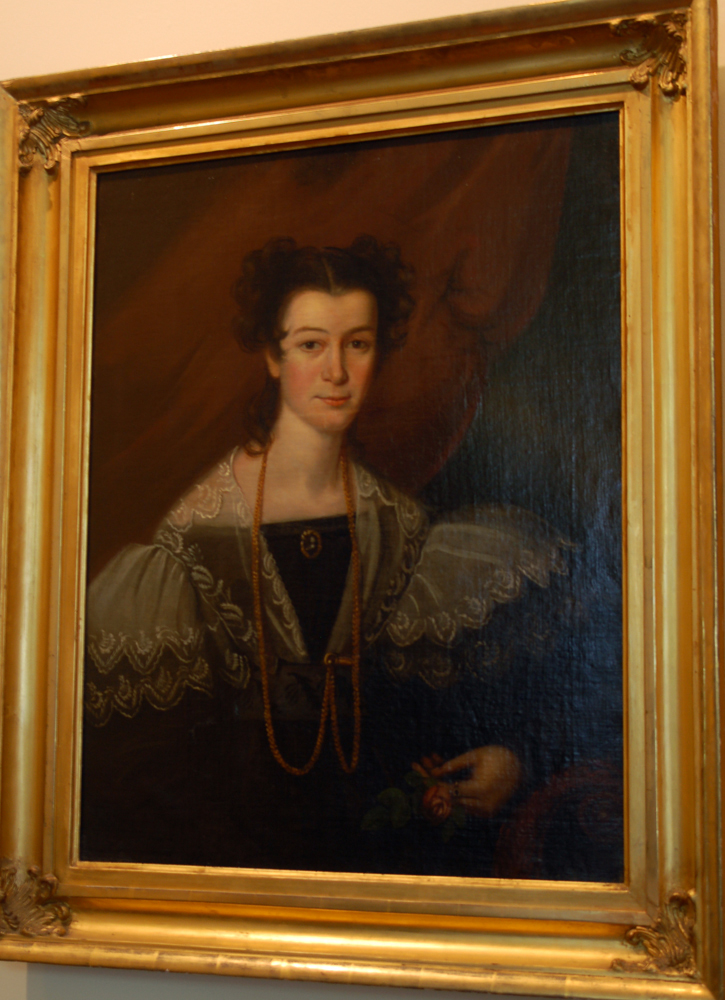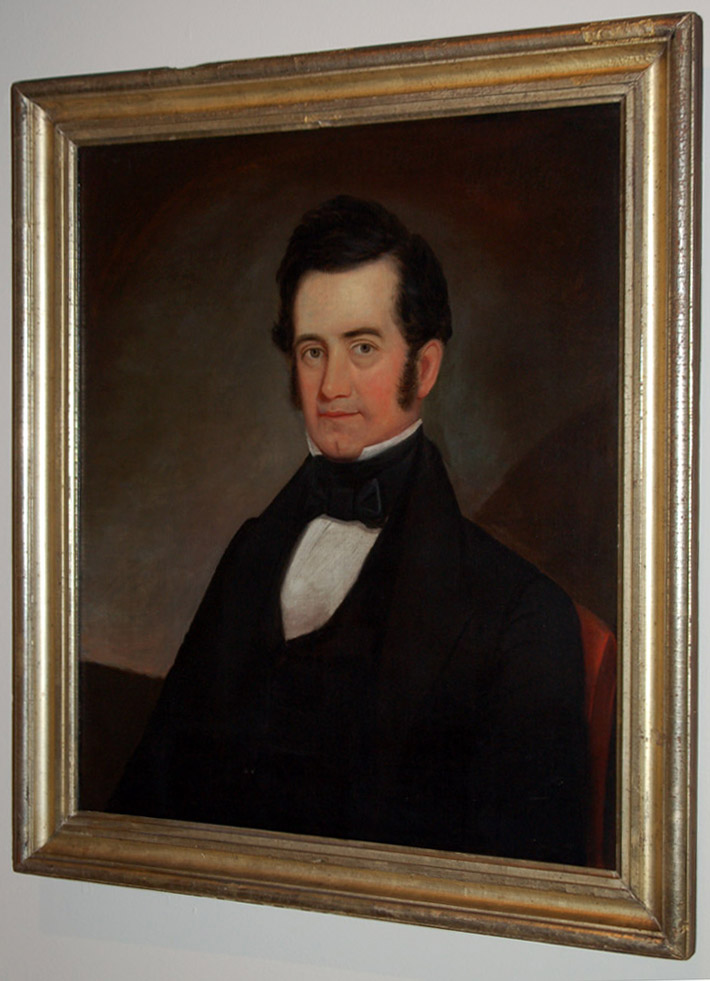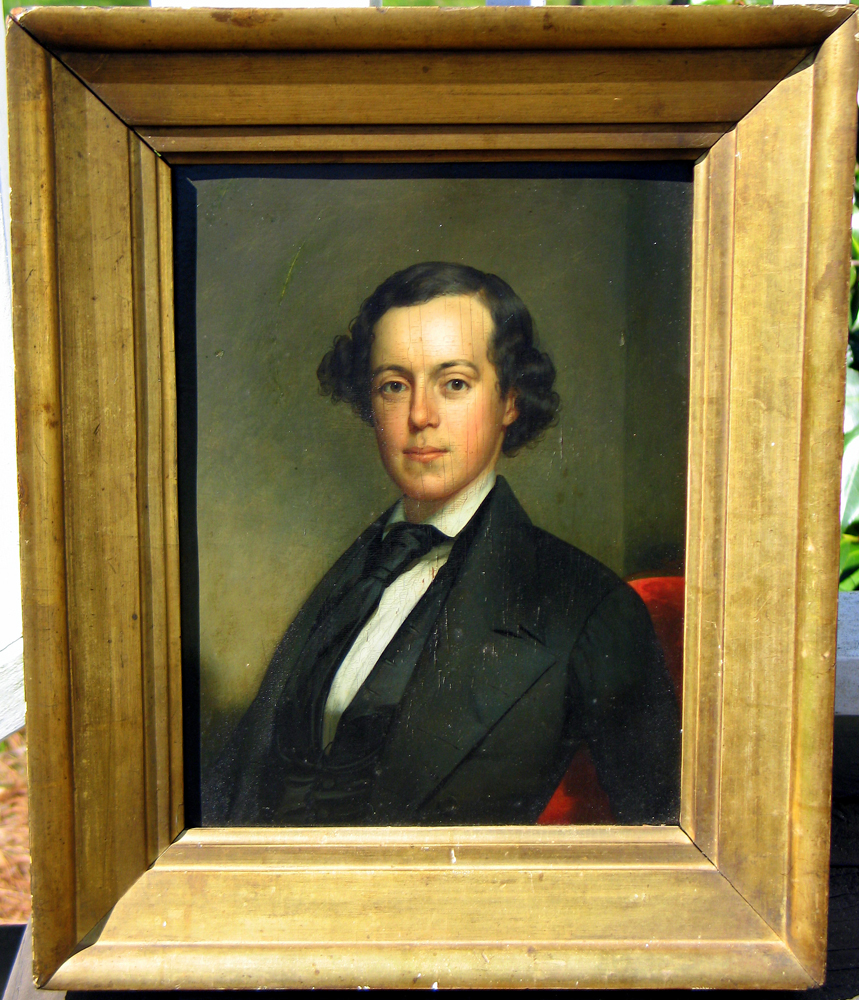
Readers who enjoyed William Nathaniel Banks’ article about Madison, Georgia, in our April issue now have another reason to visit that historic and beautiful town, which is celebrating its bicentennial this year. The Madison-Morgan Cultural Center is presenting an exhibition entitled The Many Faces of Madison: A History of Portrait Painting in the Piedmont, which includes thirty-five likenesses dating from the late eighteenth century to 1985, with most from the nineteenth century.
Among them are portraits of some of the inhabitants that people Banks’s story. John Byne Walker and his wife Eliza Saffold Fannin, for example, whose marriage, Banks reported, Walker recorded in his plantation book in the same breath with his account of his corn, wheat, and oat crops, are represented in portraits of about 1840 that are traditionally attributed to Thomas Sully.
There are also nineteenth-century likenesses of the wealthy planter Wilds B. Kolb and his wife, Nancy Ann Clowers Kolb, whose grand Madison house, called Boxwood, was described by Banks as remarkable for its Italianate verandah on one side and classical porch on the other, revealing the evolution of architectural styles in antebellum Madison. Even today the house is flanked by the elaborate boxwood parterres that gave it its name.

Not everyone portrayed in the exhibition lived in Madison. Spalding Nix of Spalding Nix Fine Art and Antiques in Atlanta, who curated the show, also selected sitters who contributed to regional history, such as Maryland-born William Few, who settled for a while in Augusta, Georgia, and was the first United States senator from the state and an original trustee of the University of Georgia, before moving to New York in 1799. Dr. Robert Battey never lived in Madison either, but his descendant, the late John Cleves Symmes did. Symmes’s widow has loaned to the show a mid-nineteenth-century likeness of Battey, a successful physician and surgeon, whose reputation rests largely on “Battey’s Operation”—a technique for the removal of the ovaries that brought him widespread respect among physicians when he traveled to England, Ireland, Scotland, and Paris in the late 1850s. He served as a surgeon in the Confederate Army during the Civil War and later became professor of obstetrics at the Atlanta Medical College.
Also of interest are two portraits attributed by Nix to George Cooke (1793-1849)—one depicting the young Harriet Bowdre Phinizy of nearby Athens, Georgia, and the other a pastel showing three children from Madison’s McHenry family. Cooke traveled widely in Virginia, Georgia, and Alabama, often staying with friends while visiting nearby places to execute his portraits. Poor health led him to retire to Athens in 1848, and his late portraits continue to be rediscovered in the surrounding Georgia Piedmont.

The exhibition will be on view at the Madison-Morgan Cultural Center until June 30. On May 1-3 the center is sponsoring tours of several of the historic houses in and near Madison.
